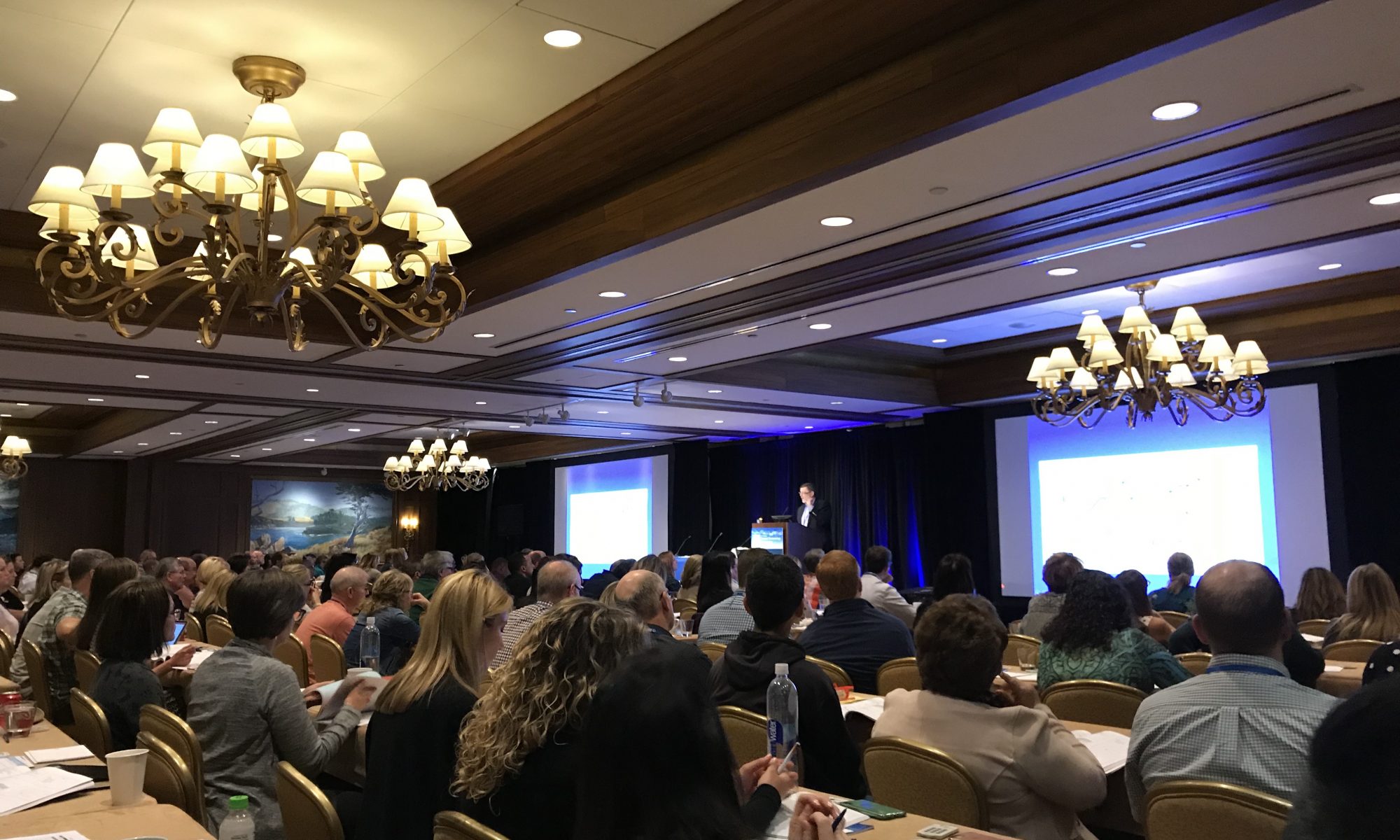This October, I had that wonderful opportunity to attend the Coastal Dermatology Symposium and participate in the Derm Mentors Resident of Distinction competition. This informative and enlightening conference held against the gorgeous backdrop of Monterey, California, was packed with clinically oriented lectures focusing on everything from emerging therapies in psoriasis, to proper sunscreen usage and an update on contact dermatitis. Allow me to share with you some of the most useful clinical pearls I picked up at the symposium.
From Dr. Julie Harper’s talk “Rosacea Rediscovered”
- Harper, a rosacea expert, feels that subtyping rosacea patients is of little use.
- She stresses the importance of identifying and eliminating triggers for rosacea patients. This includes optimizing their skincare regimen by eliminating irritating products.
- Harper’s approach is to treat every sign of rosacea she sees right from the start. For instance, don’t plan to address flushing after you’ve cleared your patient’s papulopustular component. Each symptom should be addressed from the initial visit.
- Emerging therapies for erythema with case series level evidence include botulinum toxin injected over the entire face in a grid pattern, and carvedilol 12.5 mg BID.
- For papules and pustules, new data has shown that topical ivermectin plus doxycycline is superior to ivermectin alone.
- For ocular symptoms, new data is showing that cyclosporine eye drops may outperform doxycycline.
- Chalazion is a common finding in patients with ocular rosacea — these patients should be urged to do hot compresses and massage regularly, even when they do not have an active chalazion. They should also use artificial tears throughout the day.
From Dr. Joseph Fowler’s Talk “Contact Dermatitis Update”
- New data is showing that allergic contact dermatitis may be in common in children as it is in adults.
- While the TRUE test is convenient and reliable, it is not nearly as sensitive or extensive as the Finn Chambers method.
- -Patients with piercings are statistically more likely have metal allergies, with more piercings resulting in higher risk. Furthermore, contact dermatitis to metals such as nickel can cause id reaction.
- Fowler suggests that patch testing should be done on any patient with difficult to control dermatitis or on children with eczema outside of typical atopic areas.
- You do not have to wait on patch testing if the patient has received antihistamines, NSAIDs, methotrexate or TNF inhibitors.
From Dr. Roger Ceilley’s talk “AKs and SKs: Improving Patient Outcomes”
- On physical exam, a papule with pain on pressure is more likely an SCC than an AK
- A patient with a diagnosis of AK with follicular extension has an increased risk for SCC, BCC, melanoma and overall skin cancer.
- Ceilley feels that, while imiquimod is more unpredictable than other treatments for AKs, it provides good sustained clearance.
- A new study has shown 5-FU and calcipotriene applied twice daily showed an 87.8% reduction in AKs vs 20% with 5-FU alone.
- Ingenol mebutate has shown promise, especially when it comes to the treatment of hypertrophic AKs after cryotherapy. He likes to use the lower concentration of the drug on the chest.
- When prescribing ingenol mebutate, remind patients to keep the medication refrigerated and to avoid the periocular area. Ceilly advises that HSV and VZV status should be kept in mind. Topical steroids can be used concomitantly with no change in efficacy.
- 40% hydrogen peroxide, an emerging therapy for SKs, has a higher clearance rate for facial SKs vs other areas with minimal side effects.
Did you enjoy this post? Find more on Medical Dermatology here.

